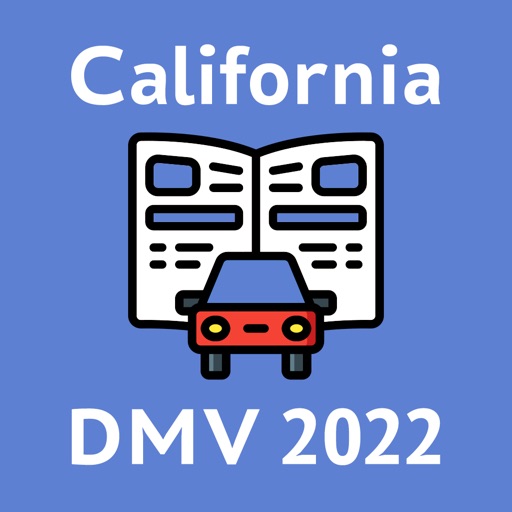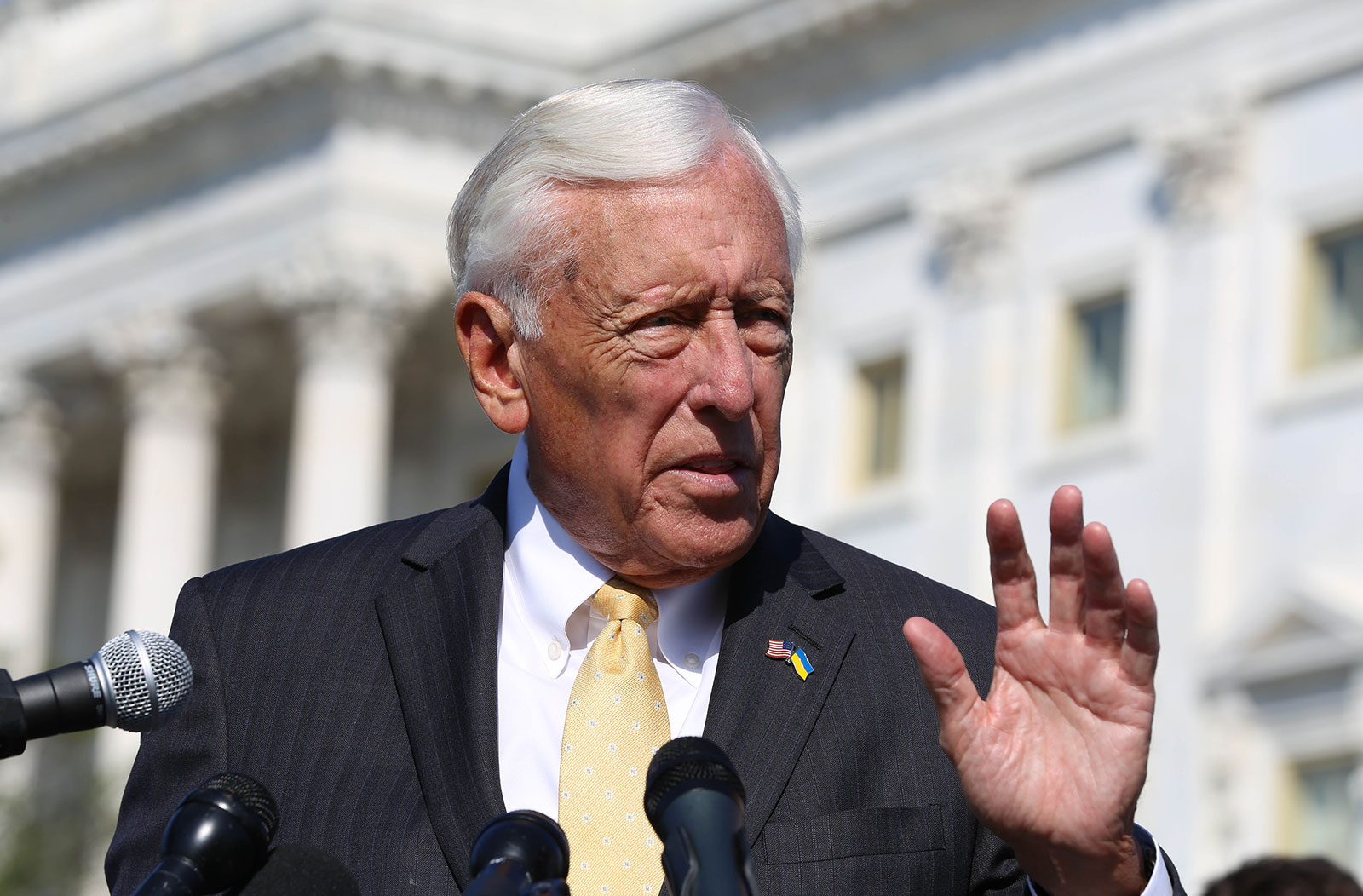Table Of Content
- Teen Drivers
- California DMV Shuts Down Cruise Robotaxis Due To Dragging Of Pedestrian
- Former HGTV star slapped with $10 million fine and jail time for real estate fraud
- Lucid slashes prices for its luxury EVs for the third time in seven months
- California orders Cruise driverless cars off the roads because of safety concerns

Mercedes is the first automaker selling to customers to achieve level 3 capabilities in the U.S., with Tesla and others still offering technology at level 2—in which cars can perform specific tasks but require constant supervision from a driver. Some drivers, however, ignore those rules and operate the cars as if they are more capable than they are. One family of a deceased driver has accused Tesla of hyping its assisted driving technology as fully autonomous, allegedly leading to tragic results, while California’s DMV last year accused the company of false advertising over the matter. The DMV said it has provided Cruise with the steps needed to apply to reinstate the suspended permits. Reinstatement would only occur if the company "has fulfilled the requirements to the department's satisfaction," the agency said. "Having a safety driver does not prevent you from making progress. The safety driver does nothing, then you've got safety covered and you're still doing testing," Koopman told reporter Anne Makovec.
Teen Drivers
While all of the legal fault for such events is likely upon the driver of the Nissan who hit the pedestrian and fled the scene, we want the robotaxi to still do what it can to make things better, and especially not make them worse. San Francisco officials led by City Attorney David Chiu have filed an administrative motion with theCalifornia Public Utilities Commission requesting it reconsider its resolutions granting Cruise and Waymo the ability to expand their commercial autonomous vehicle fleets. Clashing with the state Legislature and California’s biggest cities over safety, the Newsom administration races ahead with driverless vehicle deployment. "Our teams are currently doing an analysis to identify potential enhancements to the AV's response to this kind of extremely rare event," said Navideh Forghani, a Cruise spokesperson.
California DMV Shuts Down Cruise Robotaxis Due To Dragging Of Pedestrian

Cruise AVs have famously blocked traffic by freezing up in situations they don't have a programmed response for, which has also occurred in Austin. Cruise AVs have also blocked emergency vehicles, leading in one case reported by SFGate to two stationary Cruise vehicles for delaying treatment of a pedestrian hit by a car, resulting in their death. The driverless Cruises have also collided with a bus and killed a dog in June (Waymo is guilty of the same). While Cruise could not provide specific details, a spokesperson said the company moved to get information released quickly in hopes law enforcement officials could use the material to find and apprehend the person involved in the hit and run.
Former HGTV star slapped with $10 million fine and jail time for real estate fraud
The video footage presented to the department ended with the [car's] initial stop following the hard-braking maneuver. Footage of the subsequent movement of the [car] to perform a pullover maneuver was not shown to the department and Cruise did not disclose that any additional movement of the vehicle occurred after the initial stop of the vehicle. “Ultimately, we develop and deploy autonomous vehicles in an effort to save lives,” Forghani said. DMV officials said that there is no set time frame for a suspension, but that the agency provided Cruise with “the steps needed to apply to reinstate its suspended permits.” It wasn’t immediately clear what those steps would include. The DMV originally gave Cruise a permit for 300 driverless vehicles in San Francisco, but it cut that number in half after one of its cars collided with a firetruck in August.
The portion of the video that the DMV says it did not initially view showed the Cruise robotaxi, after coming to a complete stop, attempting a pullover maneuver while the pedestrian was underneath the vehicle. The AV traveled about 20 feet and reached a speed of 7 miles per hour before coming to a complete and final stop, the order reads. The DMV's decision does not affect Cruise's permit for testing with a safety driver, according to the department.
It is common for robocars to remain in place blocking a lane when they are not 100% sure it is safe to move to another spot, so either the vehicle decided (incorrectly) that it was 100% sure, or perhaps the calculation has changed. In January, San Francisco firefighters battling a two-alarm apartment fire had to smash in the front window of one of Cruise's driverless cars after it entered the firefighting scene and nearly ran over their hoses, according to the San Francisco Chronicle. In March, two of Cruise's driverless cars drove through caution tape put up after wind storms knocked down trees and trolley wires. Despite those incidents, state regulators voted in August to allow self-driving car companies to expand their operations in San Francisco and other California cities. That prompted the city of San Francisco to file motions with the state demanding a halt to that expansion. Supporters of the technology argue that despite the errors, Cruise and Waymo are still safer alternatives to human drivers.
Our thoughts continue to be with the victim as we hope for a rapid and complete recovery. The California DMV today notified Cruise that the department is suspending Cruise’s autonomous vehicle deployment and driverless testing permits, effective immediately. The DMV has provided Cruise with the steps needed to apply to reinstate its suspended permits, which the DMV will not approve until the company has fulfilled the requirements to the department’s satisfaction. In a statement, the DMV said it notified the San Francisco-based company, a subsidiary of General Motors, that their autonomous vehicle deployment and driverless testing permits have been suspended, effective immediately. "The California DMV today notified Cruise that the department is suspending Cruise’s autonomous vehicle deployment and driverless testing permits, effective immediately," the California DMV said in a release.

The move comes after one of Cruise's driverless cars struck a pedestrian in downtown San Francisco earlier this month. The incident involved a woman who was first hit by a human driver and then thrown onto the road in front of a Cruise vehicle. The Cruise vehicle braked but then continued to roll over the pedestrian, pulling her forward, then coming to a final stop on top of her. But its robotaxi permit that allowed it to pick up and drop off passengers in driverless vehicles has been suspended.
GM self-driving car subsidiary withheld video of a crash, California DMV says - CNN
GM self-driving car subsidiary withheld video of a crash, California DMV says.
Posted: Tue, 24 Oct 2023 07:00:00 GMT [source]
California DMV suspends Cruise's self-driving car permits, effective immediately - CNBC
California DMV suspends Cruise's self-driving car permits, effective immediately.
Posted: Tue, 24 Oct 2023 07:00:00 GMT [source]
The pedestrian was launched into the path of the Cruise vehicle while it was operating in driverless autonomous mode. The DMV said the Cruise vehicle came to a complete stop but ran over the pedestrian during its hard-braking maneuver. It then attempted to pull over, dragging forward the pedestrian underneath the vehicle approximately 20 feet. General Motors' self-driving taxi company Cruise has halted operations in San Francisco after its deployment and testing permits were suspended by the California Department of Motor Vehicles, effective immediately. The gatherings in both cities questioned Gov. Gavin Newsom’s recent veto of a bill that would have required human safety drivers in heavy autonomous trucks — which aren’t on the road yet but could be soon. The suspension came after the DMV reviewed the Oct. 2 crash , in which a non-Cruise driver first struck a pedestrian, pushing the pedestrian into the path of a Cruise robotaxi.
In particular, the DMV expressed concern over the incident earlier this month where a pedestrian crossing against a red light was struck by a human driven Nissan, and her body was thrown in front of the Cruise vehicle in the next lane. Cruise revealed today that after it came to a stop, the vehicle decided to pull to the side of the road to avoid blocking traffic. In doing so, it dragged the victim to the side and came to a stop with the wheel upon the pedestrian’s leg.
The Cruise vehicle ended up pinning and dragging the pedestrian, causing multiple traumatic injuries, officials said. "We need actual people behind the wheel with a pulse and a brain that know how to maneuver in sticky situations," San Francisco Supervisor Shamann Walton said at Tuesday rally protesting the driverless cars. "These Cruise vehicles are dangerous on our streets. When they see tragedy or see danger or there's an obstacle in their way, all they know how to do is freeze."
Robocar companies put a strong emphasis (perhaps too strong) on avoiding errors for which they will be legally at fault over errors for which they will not face liability. In this case, though, Cruise should have played out this situation in both digital and real world simulations to detect it in advance. This would have involved playing out scenarios very much like this one, where a VRU is thrown in front of their vehicle, but also test track simulations where a crash test dummy is thrown in front of the vehicle.

No comments:
Post a Comment